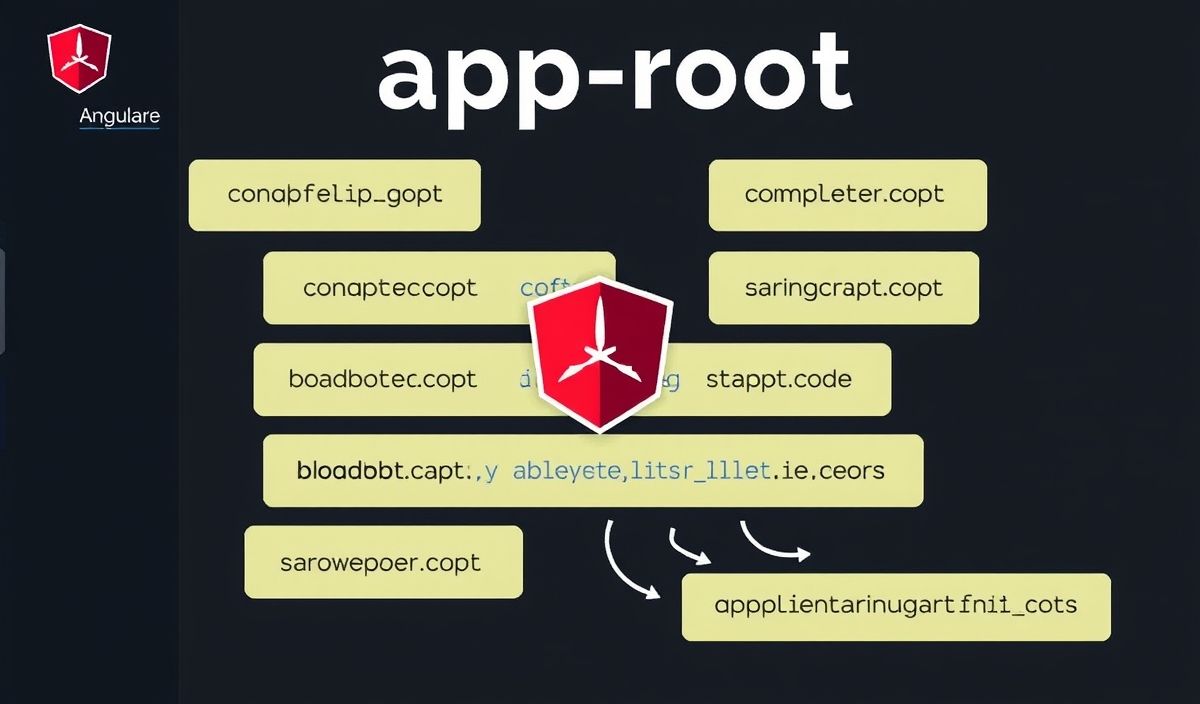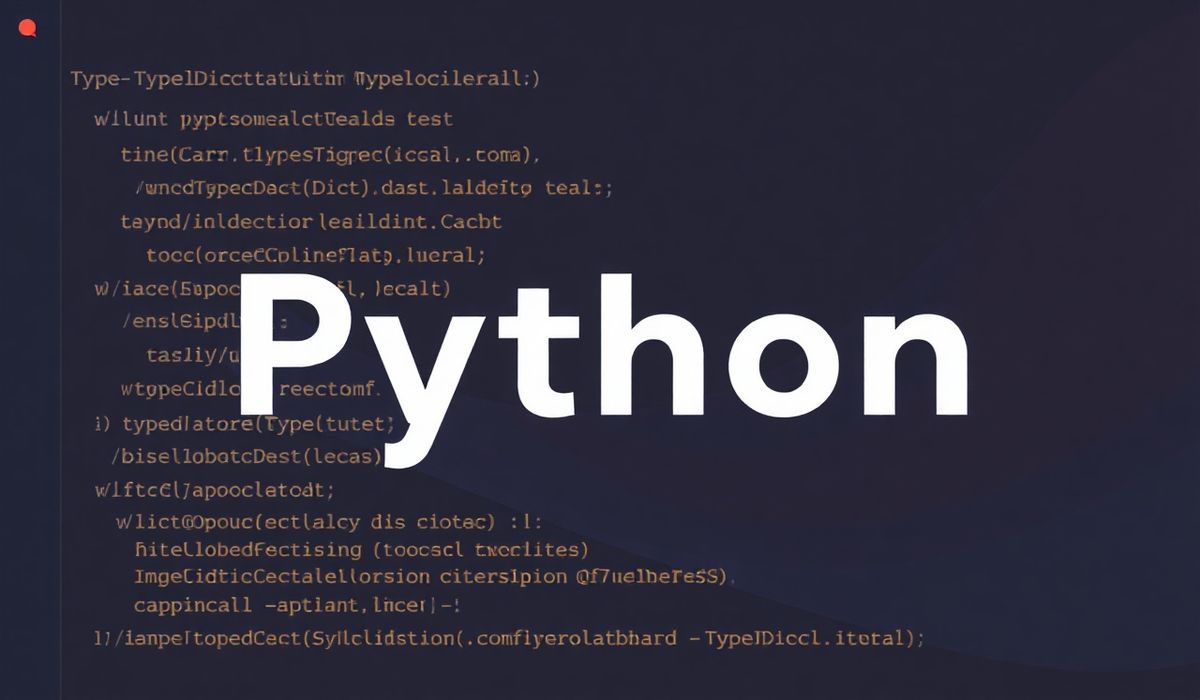Welcome to the Comprehensive Guide to `app-root`
The app-root is a pivotal component in numerous modern web applications, serving as the central point of entry and control. In this guide, we’ll explore an in-depth introduction to app-root along with dozens of useful API explanations and practical code snippets that will help you effectively utilize it in your applications.
1. Introduction to App Root
The app-root is the foundation of Angular applications. It acts as the main container for the whole Angular application. Here’s a simple representation:
<app-root></app-root> 2. API Examples for App Root
2.1 Defining App Component
To start, we define the AppComponent, which is referenced by the app-root selector:
import { Component } from '@angular/core';
@Component({
selector: 'app-root',
templateUrl: './app.component.html',
styleUrls: ['./app.component.css']
}) export class AppComponent {
title = 'My Angular App';
} 2.2 Interpolating Data into HTML
Interpolation allows you to embed TypeScript expressions in your HTML:
<div>
Welcome to {{ title }}!
</div> 2.3 Binding Events
You can bind user events like click to methods in your component:
<button (click)="onButtonClicked()">Click Me</button>
onButtonClicked() {
console.log('Button was clicked!');
} 2.4 Using Angular Directives
Directives such as *ngIf and *ngFor allow for dynamic manipulation of the DOM:
<div *ngIf="isVisible">
This is conditionally visible
</div>
<ul>
<li *ngFor="let item of items">{{ item }}</li>
</ul> 3. Complete App Example
Below is a complete example, combining the APIs we’ve discussed:
// app.component.ts import { Component } from '@angular/core';
@Component({
selector: 'app-root',
templateUrl: './app.component.html',
styleUrls: ['./app.component.css'
}) export class AppComponent {
title = 'My Angular App';
items = ['Item 1', 'Item 2', 'Item 3'];
isVisible = true;
onButtonClicked() {
this.title = 'You clicked the button!';
}
} // app.component.html <div>
Welcome to {{ title }}!
</div> <button (click)="onButtonClicked()">Click Me</button> <div *ngIf="isVisible">
This is conditionally visible
</div> <ul>
<li *ngFor="let item of items">{{ item }}</li>
</ul> This completes your foundational understanding of the app-root and its capabilities. Use these concepts to streamline your Angular development and create efficient and dynamic web applications.
Hash: 1b8efd175c82916cbe87ca63af22a482a1854201ea986636603581f14d6bdaa2




